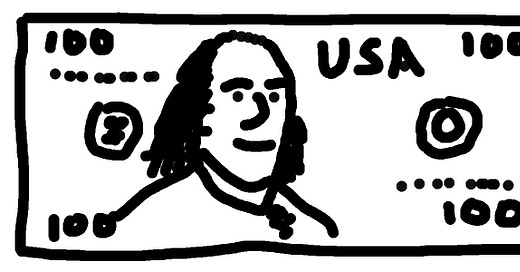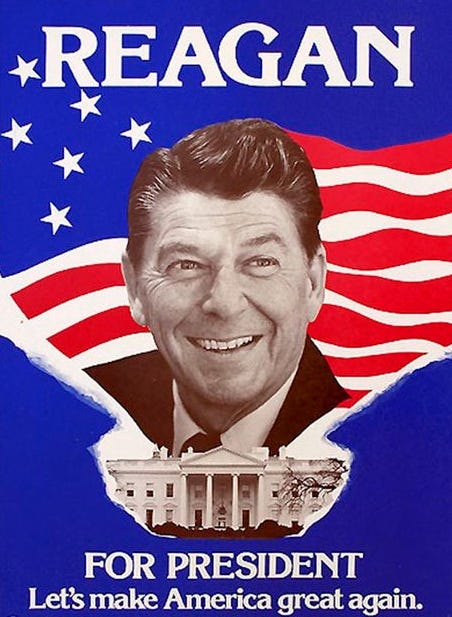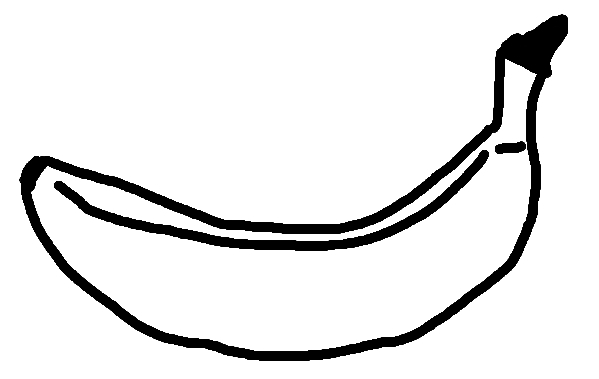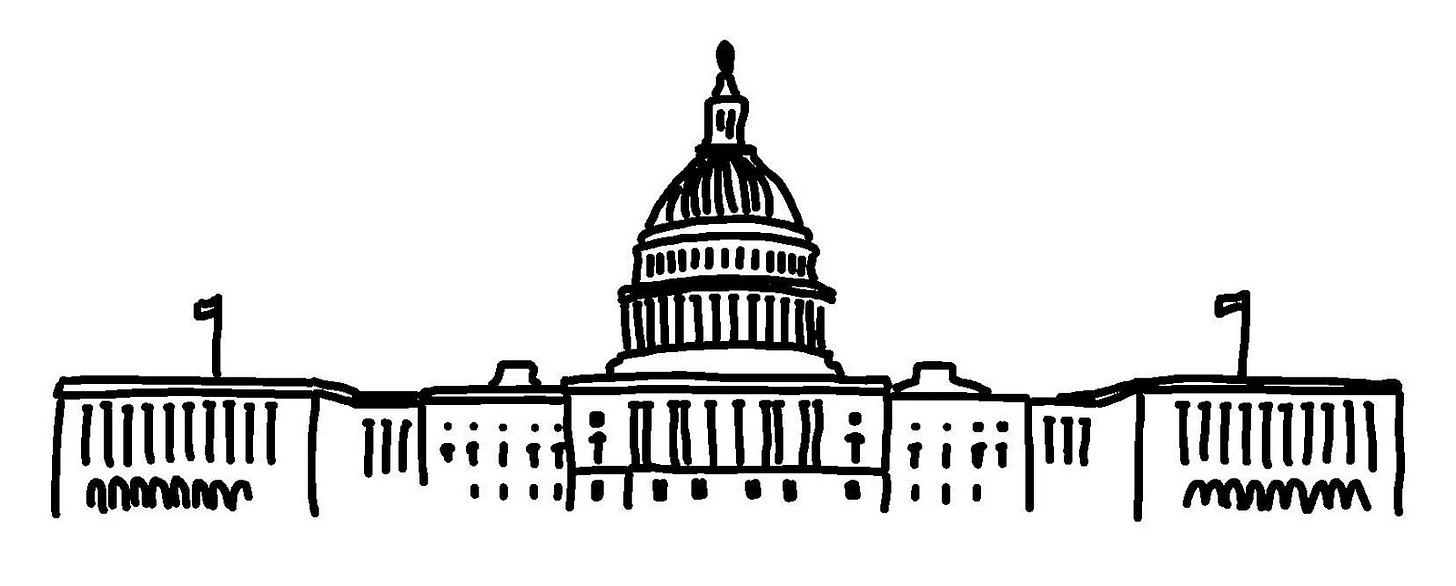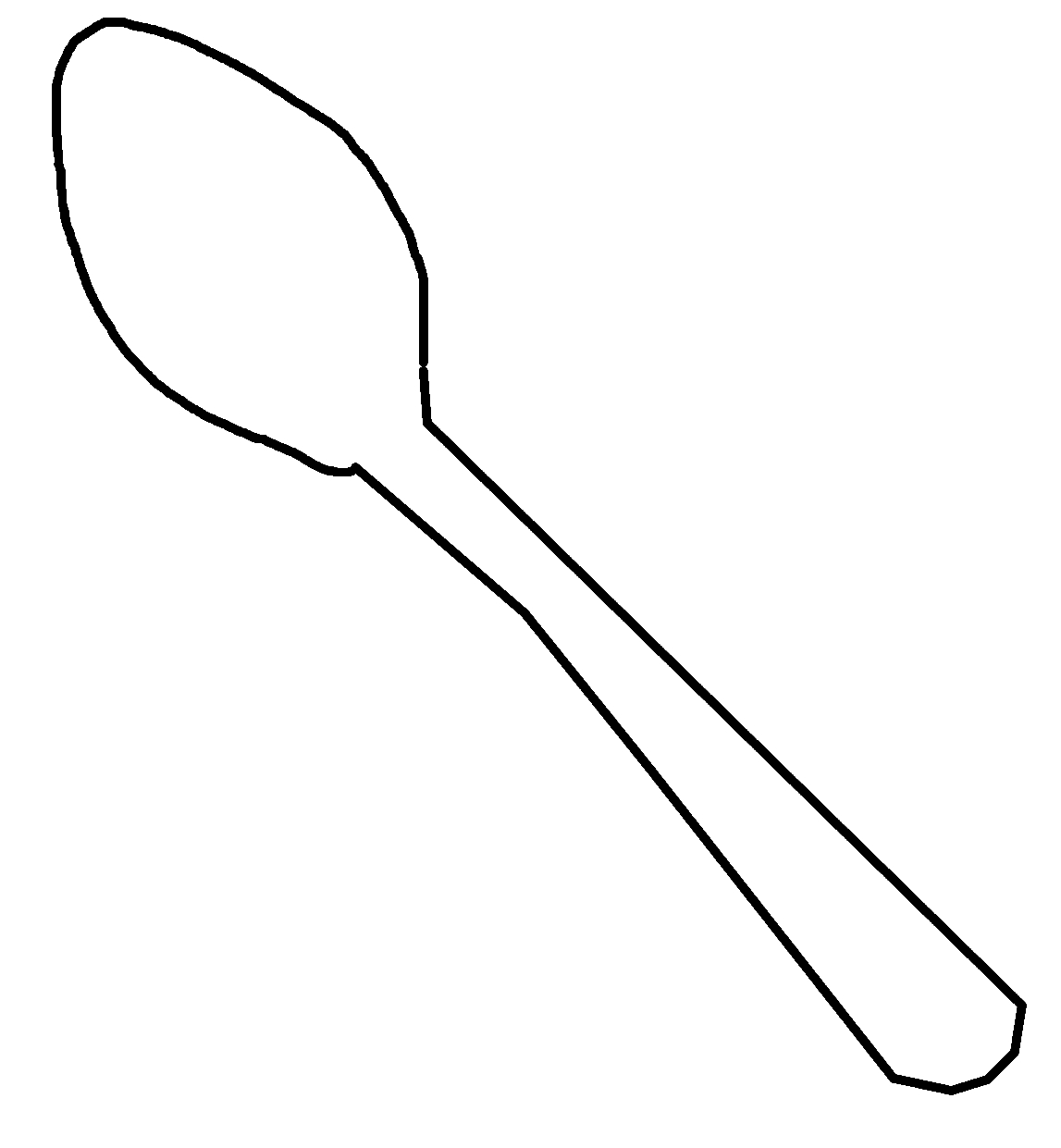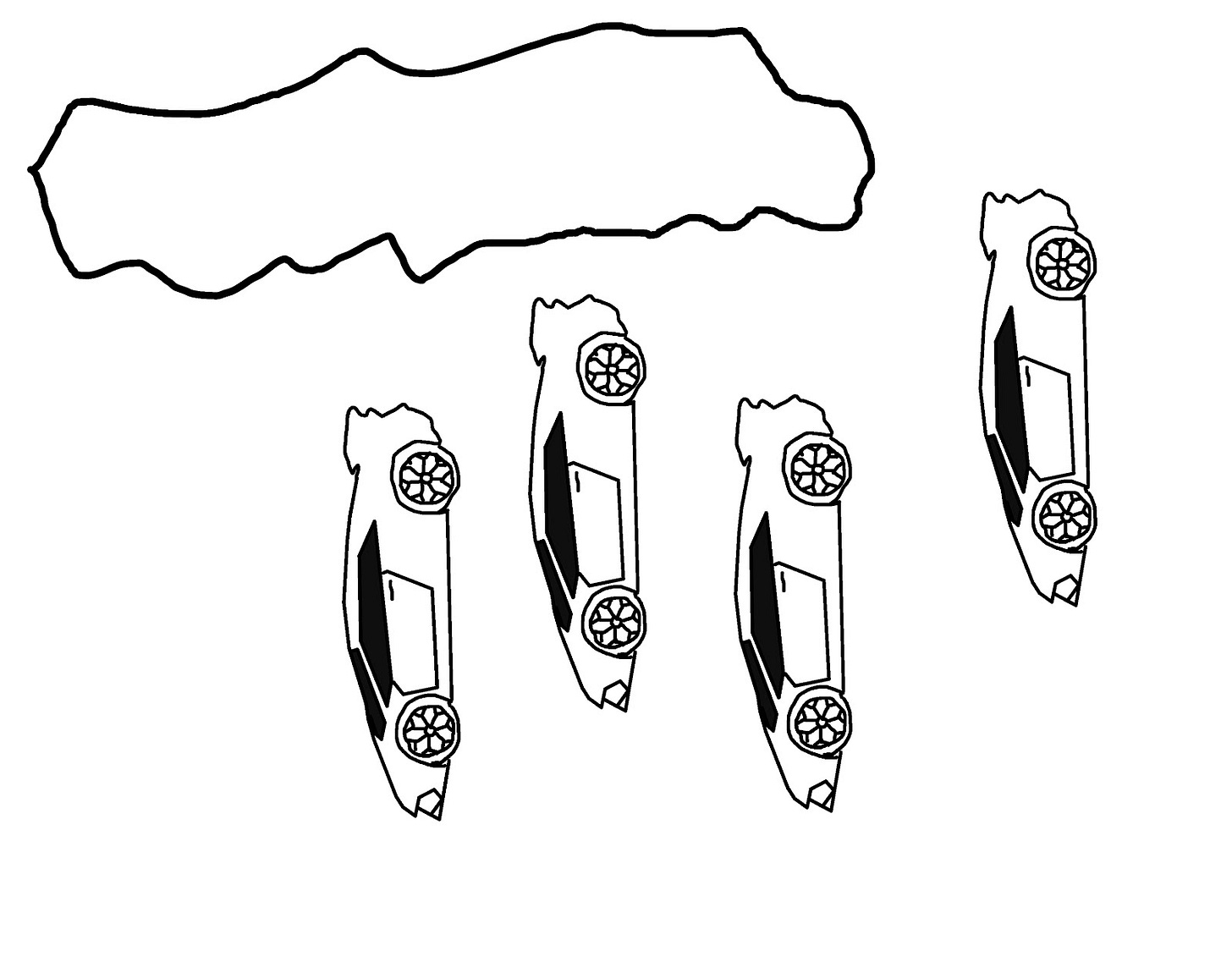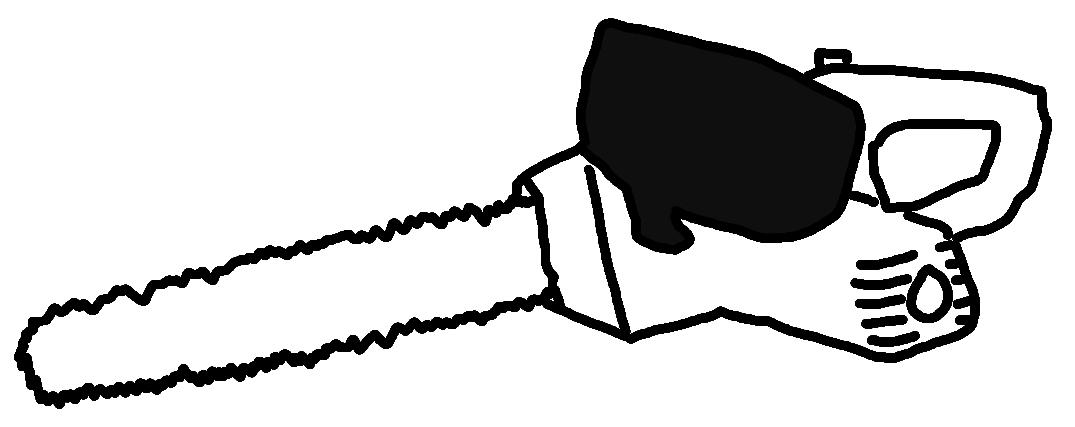Trading Places
The Gist: Since WW2, presidents of both parties have freed trade. How can we maximize the benefits while minimizing the fallout?
The fourth in a four part series. Find part one here, part two here, and part three here.
Donald Trump is the president most skeptical of free trade in over a century. For the vast majority of that time, the U.S. government has vigorously sought to break down trade barriers (and largely succeeded). There is only one other president after the Great Depression who added more trade restraints than he removed - in this case, he nearly doubled the amount of goods entering the U.S. under some sort of restriction. He also led the federal government to intervene to protect multiple major industries endangered by foreign competition: automobiles, steel, textiles, and apparel. His Secretary of Treasury would even declare that the administration granted more trade relief than any other post-war executive. LBJ? Jimmy Carter? Barack Obama? No, in the practice of trade policy, Trump most emulates Ronald Reagan.
Figure 1. This 1980 poster hangs in my house. The recently recycled slogan must refernce a return to the Gilded Age.
That surprise and others are contained within Clashing Over Commerce, Douglas Irwin’s magisterial history of American trade relations. In part one, we discovered how the Founders were free trade radicals who spent the first decades of the United States trying to manage our complex relationship with Britain. In part two, we witnessed how two Tennesseans navigated steep regional differences to keep tariffs low - only high enough to pay for a limited government - until the Civil War changed everything. In part three, we explored the period of Republican dominance - and the danger of national consensus on the “obvious” benefits of ultimately questionable public policy. In this fourth and final part, we observe the modern era where two stories unfold: the possibly unconstitutional shift from Congress leading trade policy to the President, and the challenges and opportunities associated with America becoming truly integrated into the world economy.
Where last we left off, at the beginning of the Great Depression, a Republican Congress, under the party’s long-held belief that tariffs spur the economy, passed Smoot-Hawley - a complicated law that imposed an average tax of nearly 60% on over 3,000 specified imports. It didn’t go well: “Between 1929 and 1932, the United States experienced one of the worst peacetime collapses of its trade in history, excluding the embargo of 1808–09. During this period, the value of exports and imports fell nearly 70 percent.”
In 1932, Democrats swept into power for only the third time since 1857 - but this time they were set to make their preferred trade policy stick. Irwin credits one man: “of all the people who have left a mark on US [trade] policy, none has had a greater or more lasting impact than Cordell Hull.” Hull was a longtime Tennessee legislator tapped to be FDR’s Secretary of State. His aide Dean Acheson, who would go on to serve as Secretary of State himself, credited Hull’s success to his “almost fanatical single-mindedness.” Outside FDR’s inner circle but enjoying outstanding relations with the Southern chairmen who now ran Congress, Hull outmaneuvered New Dealers who were trying to impose economic controls wherever they could. From Congress, Hull sought, received, and used the power to begin breaking down the global tariff system - changing the long-time direction of the U.S. approach and spurring decades of momentum. Along the way, Hull adeptly avoided angering powerful domestic interests by focusing on reducing tariffs on imports that did not threaten them. His legacy here is gigantic - and it’s instructive as to how a determined man can make a difference - but it had a significant cost: Hull was so focused on trade that he did not have a good grasp on the dominant foreign policy challenge of his tenure - World War II! And, terribly ironically, Hull was driven by the idea that increased trade would reduce war - but helped impose the embargo on Japan that led to their attack on Pearl Harbor.
Figure 2. “Yes, yes, it’s a shame Paris has fallen, but have you tried these magnificent tariff-free bananas?
The specific, possibly unconstitutional power that Hull got was the ability to negotiate with foreign countries mutual reductions in trade duties that could be approved by a simple majority of both houses of Congress. This was a time of many constitutional “innovations” but probably the only one that resulted in less government. The United States Constitution clearly gives Congress, not the President, the power “to regulate Commerce with foreign nations” and the legislature had therefore appropriately taken the lead since 1789. Furthermore, the Constitution requires that treaties with foreign countries be approved by 2/3 of (only) the Senate. Despite the text, there would soon be general agreement that the President was the better locus of trade power. A pragmatic Supreme Court has repeatedly and generously interpreted such a law as constitutional because Congress occasionally had to approve executive action or authority. Republicans, who were not in the best position to do anything because they would control the House of Representatives for only four of the next 62 years, initially decried this power as evidence of a “fascist dictatorship” but fairly quickly settled into the new normal, partially because they began to like the result, partially because they didn’t like the hard work involved. As Senator Arthur Vandenberg (R-MI) argued: “Tariff-rate making in Congress is atrocious. It lacks any element of economic science or validity. I suspect the 10 members of the Senate, including myself, who struggled through the 11 months it took to write the last congressional tariff act, would join me in resigning before they would be willing to tackle another general congressional tariff revision.”
Figure 3. Sure, Congress could take the lead on trade policy - but who wants to work more than 3 days a week?
Shifting the locus of power from Congress to the President was a profound change. As Irwin notes, “The president had a national electoral base and was more likely to favor policies that would benefit the nation as a whole than were members of Congress, who represented specific geographic regions. The president was also more likely than Congress to take into account a broader set of factors in setting trade policy, including exporter and consumer interests, as well as foreign policy and national security considerations.” Illustrating the sometimes narrow focus of Congressmen, Irwin relates the “birdcage” problem with
“the example of New York’s fifteenth district, which included Staten Island and the shipping piers in New York City. Despite the fact that billions of dollars in exports and imports passed through his district every year, supporting the employment of thousands of longshoremen, Rep. John Ray (R-NY) voted against trade-negotiating authority because a birdcage factory employing fifty workers in his district felt threatened by imports. The congressman defended his decision by stating that he had heard from almost every one of those fifty workers, whereas he had not heard from any workers whose jobs depended on trade.”
Nearly every subsequent President would use this power to expand the playing field for American business, though they ranged in effectiveness and ambition of scope, with Democrats generally having gone far bigger despite the increasing trade skepticism within their party. Hull, under FDR, would aggressively sign agreements with countries that “accounted for nearly 2/3 of US trade” - and gleefully reported the dramatic (60+%) increases in exports that resulted. Truman used the leverage of American aid during and after the devastation of World War II to break down colonialist barriers and negotiated a multinational treaty - the General Agreement on Tariffs and Trade - that immediately substantially reduced tariffs and would serve as a framework for global reductions for decades. LBJ continued his playbook of pressuring people to honor the legacy of JFK by negotiating another major multinational reduction called “the Kennedy Round.” Clinton would oversee creation of much of the modern trade architecture: the signing of the North American Free Trade Agreement (NAFTA), another major global reduction (along with intellectual property protection) in the “Uruguay Round,” the creation of the World Trade Organization (WTO), and giving China the status of permanent normal trading relations. Even with the greater scope and success of Democrats, the eagerness of presidents of both parties to eliminate barriers to trade signified a big change: before the 1930s, you would basically know whether a president planned to free or restrict trade based on his party. After the 1930s, until Trump, every president wanted to free trade - and often had to fight Congress to do so.
Yet Congress was initially quite happy with free trade - after all, Democrats were in control and low tariffs had been the bedrock of their platform for the party’s entire existence. Republicans, whose party had the exact opposite history, were soon won over by the need to prop up allies against the dangers of Communism. But the foundation of this historically unique bipartisan embrace of trade was that in the aftermath of World War II’s destructive impact on the world’s advanced countries, America’s economy was dominant in ways that wouldn’t be able to last. Irwin reports:
“In 1950, the United States accounted for 27 percent of world GDP and 23 percent of world exports. By 1973, the US share of world GDP had fallen to 22 percent, and its share of world trade to 16 percent. The US share of world exports of manufactured goods declined from 25 percent in 1960 to 19 percent in 1972…. After World War II, imports were less than 3 percent of GDP, an unusually low level in historical terms. Because the economic recovery of Western Europe and Japan from the war had taken so long, imports as a share of GDP were no higher in 1965 than they had been in 1950. Starting in the mid-1960s, however, imports began to rise while exports remained at about the same proportion of GDP… Thanks to their strong economic recovery, Europe and Japan began to make their presence felt in world markets, which was interpreted by many as a worrisome decline in US competitiveness. In reality, this was simply a return to normal conditions of competition.”
Figure 4. Whereas in the early days Superman was the star, now he was just another member of the Justick League.
Suffering industries lobbied Congress for help, and the House of Representatives would prove a continuous battleground for trade policy. While Senators had larger constituencies and only faced elections every 6 years, each member of the House had to run almost continuously and was far more sensitive to economic changes in his or her district. Despite congressional nerves, trade became freer and freer. Under pressure from the President, without enough trade skeptics in the Senate, the House repeatedly passed trade legislation - even if some of the votes were nail-bitingly close. In 1974, generally considered the low point of power of the modern American executive, President Ford was even able to wrangle from Congress a “fast track” process that compelled merely an up or down vote - without any amendments - within 90 days of submitting a trade agreement. One powerful Democrat Congressman would later argue: “Don’t be dissuaded by those who tell you that is a great political issue. Bad economics doesn’t make for good politics.” Of course, lots of people complained to their Congressmen that it wasn’t good economics for everyone.
But the decline of employment in certain American industries is not exclusively tied to trade: Irwin argues that the largest impact may be due to technological advance - and the increasing productivity per (increasingly trained) worker. To give just one example, the invention of the shipping container dramatically increased the efficiency of the industry by having a large, easily transportable box moved by a crane from truck to ship to truck - rather than hundreds of longshoremen trying to store individual goods in the nooks and crannies of non-standardized ships. Of course, this particular development also allowed companies to “stretch their supply chains around the world with little concern for the expense of transporting inputs and finished products.” That, among other mostly non-trade developments, drove down the prices of manufactured goods - and American consumer demand shifted to services, which naturally employed an increasing percentage of the population. All of the details of this problem are beyond the scope of this book (and review), but, generally speaking, technological advances in productivity have tended to enrich the human condition.
Figure 5. Milton Friedman once described coming across a Chinese work project in which many laborers were using shovels. Why wouldn’t they use heavy machinery? A local bureaucrat supposedly said it was a jobs program. In that case, Friedman observed, shouldn’t the workers be equipped with spoons?
Another major factor has been the “overvaluation of the dollar relative to other foreign currencies.” This is partially the result of the dollar being the world’s reserve currency and partially due to particular countries intentionally debasing their currency to position their manufacturers attractively versus the United States. Currency pressure and the related 1982 recession were what prompted Reagan, one of the presidents most rhetorically committed to free trade, to succumb to congressional lobbying and institute a series of protectionist measures. When the dollar depreciated compared to foreign currencies in 1985, manufacturing experienced a substantial recovery and the protectionist pressures fell off. While you might think that the solution is to debase our currency, inflation punishes savers and distorts the economy by messing with price signals.
Figure 6. I know, by combining a discussion of trade and monetary policy, we’ve reached peak exciting, sexy topic and we’re ready for primetime television.
And yet another factor is legacy union contracts. Some industries negotiated union contracts thinking that the period of American dominance after World War II was the new normal rather than an aberration. Consider the steel industry, which seeks protection to this day: in 1959, the United Steel Workers union “shut down domestic production for 116 days, the longest industrial strike in the nation’s history.” This had a huge impact on executive thinking:
“The lesson that management took from the costly shutdown was that labor peace had to be purchased with generous wage concessions in order to keep factories running and prevent consumers from buying foreign steel. By the mid-1970s, average wages in the steel industry were more than 70 percent higher than the average wage in manufacturing; by the early 1980s, this premium had risen to 95 percent. While the generous wage settlements pacified the steel workers, it also saddled the firms with high labor costs that did not reflect underlying improvements in labor productivity. While the steel industry was able to pass along higher wages to steel consumers in the absence of foreign competition, this was no longer feasible when consumers had access to a growing number of foreign suppliers… [Meanwhile] the United States accounted for 53 percent of world steel production in 1950, but just 21 percent in 1970.”
Figure 7. Or take the mob-union saga “the Irishman,” in which a long-dominant player (Netflix), apparently not being especially nimble in the wake of upcoming competition (Disney+ etc), gives into demanding labor (Scorsese, $150M+?) and the result is overrated, serious bloat (3.5 hour runtime) that ain’t nothing like America used to make
With all that being said, free trade and the deeper integration of America into the world economy has affected our country enormously: it has helped make our country as a whole much richer, it has helped dramatically reduce the cost of consumer goods for every American, but it has also helped hollow out some previously dominant industries and thriving communities. Donald Trump is among those who base their skepticism of free trade on that final outcome: what good is a lower cost of living if some Americans don’t have the jobs to pay for it?
By far the biggest modern boogeyman is China. According to one study, “imports from China explained 21 percent of the decline in US manufacturing employment over the period 1990 to 2007—a loss of 1.5 million jobs.” Even worse for the victims, “many of these workers did not have the skills or education to find reemployment either in export sectors or other manufacturing industries, and they also lacked the geographic mobility to move to regions of the country that were creating jobs.” This was accelerated by China’s strategic decision to artificially ensure that their currency was always a specific fraction of ours - and by our decision in 2000 to stop annually reviewing whether China should get the most favorable trade treatment and instead give them permanent normal trading relations. This created more certainty for businessmen by removing an annual threat to shift the average tariff from 4% to 37% - and up to 70% on some items. While we were able to free up their market some, we did not get any agreement on currency manipulation or government-sponsored entities - i.e. Chinese companies competing in the global marketplace that are explicitly backed by the Chinese government (a status that most of our companies don’t enjoy in their attempts to compete). At the very least, to the degree that we truly want reciprocal free trade, China is not exactly playing on an equal field.
Still, acknowledging that other factors have substantially contributed to the problems American workers face, there are significant challenges in maximizing the benefits of trade while minimizing its fallout.
The first problem is corruption, which was the principal political weakness of tariffs during our protectionist period. At the very least, when the government offers to pick winners and losers, companies will divert resources from improving their goods and services to lobbying, and the most politically adept will triumph over perhaps the most needy. To recall a scene from Hawley-Smoot: “The spectacle of the Senate voting multiple times on tariffs for the same goods, with the outcome shifting depending upon which coalition had the upper hand or which votes were traded among which senators, was widely ridiculed.” This very human process bears little resemblance to the careful application of power to protect the harmed.
Figure 8. “Well, we could invent cold fusion - or rain Lambos on D.C.”
But the second problem is even bigger: even the most well-intentioned, most brilliant, most even-handed, most highly paid government bureaucrats - to the degree those exist - will never be able to manage the incredible complexity of a large, modern economy. Drawing from Friedrich Hayek, unlike billions of participants in a free market, “the central planner simply cannot have all the information required to allocate resources or direct economic activity rationally.” Take, as an example, the attempt in the early 20th century by Congress to introduce “scientific management” of trade. Congress attempted to advance a doctrine of “equalization,” authorizing the President to adjust tariffs to “‘equalize’ the costs of productions between foreign and domestic producers.” Irwin dryly notes, “Of course, this doctrine had many problems, including the fact that international differences in the costs of production were the very basis for international trade." Even contemporary experts argued:
“it was impossible to determine an industry’s costs of production, because different firms had different costs. Whose costs of production should be measured... those of large producers or small producers? Which costs should be measured, marginal costs or average costs? Should transportation costs be included or excluded? Should one think of the cost of producing coffee in Maine or in California? Should one calculate the cost of producing a small number of automobiles or a large number when there are economies of scale? How should capital costs be allocated in multiproduct firms? What about seasonal variation in costs? What about joint costs, such as cotton and cottonseed oil, where the latter is a by-product of the former? If government officials asked firms about their costs to determine the tariff, would this not give the firms an incentive to inflate their figures in the hope of obtaining a higher tariff? If average costs across all firms in an industry were used, then the tariff would not protect the least-efficient, highest-cost producers, while it would pad the profits of the lowest-cost, most efficient producers—was this an equitable outcome?... And what about foreign costs: would they not be different for goods coming from Germany as opposed to Japan?”
Figure 9. Ultimately, bureaucrats try to be surgeons and end up conducting the Texas chainsaw massacre.
In the modern era, Presidents have routinely attempted to make agreements with foreign powers to ease pressure on domestic industry - only to see little effect and/or great cost. Take the textile industry as an example. In 1967, textiles “employed 2.3 million workers… almost 12 percent of total manufacturing employment.” Playing to the industry’s domestic political clout, Nixon made a deal with Japan for them to cut their textile exports - only to see Japan turn to more advanced manufacturing and other, poorer countries (like China) take up the slack. The market would routinely find a way to deliver the least costly goods around the variety of impediments American policymakers would throw up: “There was ample room for foreign exporters to expand their shipments by shifting products between categories and years: apparel from countries with filled quotas could ship their products to countries with unfilled quotas for some minor processing and then be exported to the United States. (For example, if a country’s exports of shirts hit the limit, it could export sleeveless shirts to another country with an unfilled export quota for final stitching.” Later, Reagan negotiated a major international agreement designed to protect the American textile industry. Irwin reports: “The consumer cost of protection per job saved, which measured the total loss to consumers divided by the number of jobs saved in the protected industry, was more than $100,000 for industries in which the average worker earned perhaps $12,000 annually.” Given the low skill involved, this was a very difficult industry for the United States to globally compete in. Still, despite its long and understandable troubles, it took opening up permanent normal trading relations with China in 2000 to practically wipe it out.
Presidents have been more effective in using threats to further open up markets - but the success against non-tariff barriers has been more challenging. It’s relatively simple to see the different taxes that products face in different countries - but that’s not the only way that companies can restrict access to their markets or prop up their domestic companies. Japan, for example, has historically enjoyed some suspicious relationships between governments, banks, and easy lending to domestic industry - not to mention “arcane product standards and testing-certification requirements… burdensome customs procedures, insufficient intellectual property protection, discriminatory government procurement practices, targeted administrative guidance, and collusive business practices, among other informal means of keeping foreign goods out of the market.” Still, we’ve had some success in fighting these, especially when deploying a more significant threat in the name of reciprocity. Irwin cites NAFTA as an example in which the U.S. was able to effectively negotiate a greater opening up of the Mexican economy than merely a decrease in tariff rates (which were already ostensibly low). Another decent example is foreign auto manufacturers deciding to open up factories in the United States rather than face the danger of restricted access.
For a counter-argument, see Joe Studwell’s How Asia Works, which argues that countries like Japan, South Korea, and Taiwan became successful through trade protection, partially inspired by the early American experience, and got around the typical problems associated with tariffs by subsidizing only those products that American consumers bought in our free market. But we are in an extremely different position than those countries were in the 1960s-1980s - our economy is much larger and our businesses are not focused on exports.
And then there’s the use of tariffs to achieve other policy goals: even if erecting trade barriers is costly, could threatening them still be worthwhile if we, say, ensure much better cooperation in enforcing our immigration laws?
As President Trump and his team work around these complex issues, the future is unclear. Will Trump be an aberration of the era of free and reciprocal trade - a modern equivalent of John Quincy Adams? Or will he be more akin to Cordell Hull, who set the stage for the next decades of policy? Regardless, how will we respond to the challenges of technology, currency manipulation, and trade? Will we take on new entitlements or foster new innovations that will employ Americans in new and ingenious ways that fit our comparative advantage? Stay tuned.
Figure 10. Click here to acquire Clashing over Commerce 10/10 - a magisterial retelling of American history through the important lens of trade, filled with insight into the events that defined the country over its three eras of tariffs: for revenue only (through Civil War), for protection (through World War II), and for reciprocity (through today). One final piece of interesting analysis: despite a shared commitment to free trade, Irwin blasts George W. Bush for spending immense political capital passing a series of small free trade agreements accounting for less than 5% of American trade - and believes the President’s decision to act only through his weary Republican majorities endangered the fragile coalition backing free trade. Check out the book for plenty more - including how U.S. protectionism in the modern era launched the energy cartel OPEC and may have diverted once-profitable Latin American sugar planters to cocaine instead.
Thanks for reading! If you enjoyed this review, please sign up for my email in the box below. I read over 100 non-fiction books a year (history, business, self-management) and share a review (and terrible cartoons) every couple weeks with my friends. Really, it’s all about how to be a better American and how America can be better. Look forward to having you on board!

